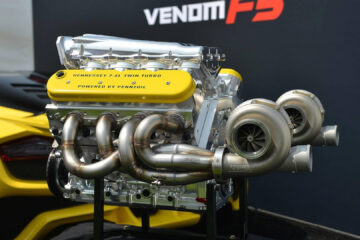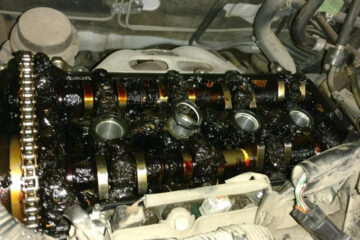15 Hidden Killers That Can Destroy Your Engine Before Its Time. On the first page, we will look at the first two reasons. Most drivers assume that modern engines are built to last — and many of them are. But even the best-designed engine can suffer a slow, silent death if it’s mistreated, neglected, or pushed beyond its limits. What’s worse, many of the most common engine killers aren’t loud or dramatic. They don’t announce themselves with smoke or sudden breakdowns. Instead, they operate quietly — until it’s too late.
From skipped oil changes to bad driving habits, from poor-quality fuel to overlooked warning lights, every engine has enemies hiding in plain sight. This article breaks down the top 15 reasons why engines fail prematurely, with a focus on real-world causes and what you can do to avoid them.
Whether you’re driving a brand-new turbocharged compact or a high-mileage workhorse, knowing these engine-killers — and how to prevent them — could save you thousands in repairs and extend the life of your car.
1. Irregular Oil Changes — The Silent Engine Killer
Motor oil isn’t just lubrication — it’s the engine’s lifeblood. It reduces friction between metal parts, carries away heat, and traps microscopic debris and combustion byproducts. But over time, oil breaks down due to high temperatures and chemical contamination. If it’s not replaced on schedule, it thickens into sludge, loses its protective qualities, and becomes abrasive rather than lubricating.
Engines that go too long without an oil change begin to wear internally. Bearings lose their protective film, piston rings overheat, and camshafts score. Eventually, internal damage escalates into total failure — often with no warning beyond an oil light that’s ignored too long.
Typical signs of overdue oil changes:
- Dark, gritty oil on the dipstick
- Sluggish engine response
- Ticking or knocking noises on cold starts
Prevention tip:
Change oil at intervals recommended by the manufacturer — or sooner if you drive in harsh conditions. High-mileage engines or turbocharged ones benefit from shorter intervals and high-quality synthetic oil.
2. Low Oil Level or Pressure — A Quick Path to Catastrophic Failure
If oil changes are the long game, then low oil level is the short fuse. Engines require a constant, pressurized supply of oil to survive. When oil runs low — whether from leaks, excessive consumption, or neglect — vital components are starved of lubrication almost immediately. Without enough oil, metal contacts metal, temperatures spike, and internal surfaces seize, warp, or even weld together.
Oil pressure is equally crucial. If the oil pump weakens or the filter clogs, even a full oil pan won’t help. The result? Spun bearings, damaged crankshafts, and sudden engine seizure.
Common causes of low oil level:
- Leaky gaskets or seals
- Burning oil (valve seals or piston rings)
- Not checking the dipstick regularly
Warning signs:
- Flickering oil pressure light
- Engine noise during turns or braking
- A smell of burning oil
Prevention tip:
Check oil level at least once a month — more often if your car is older or driven hard. Never ignore the oil pressure light — it’s often the last warning before damage occurs.



0 Comments